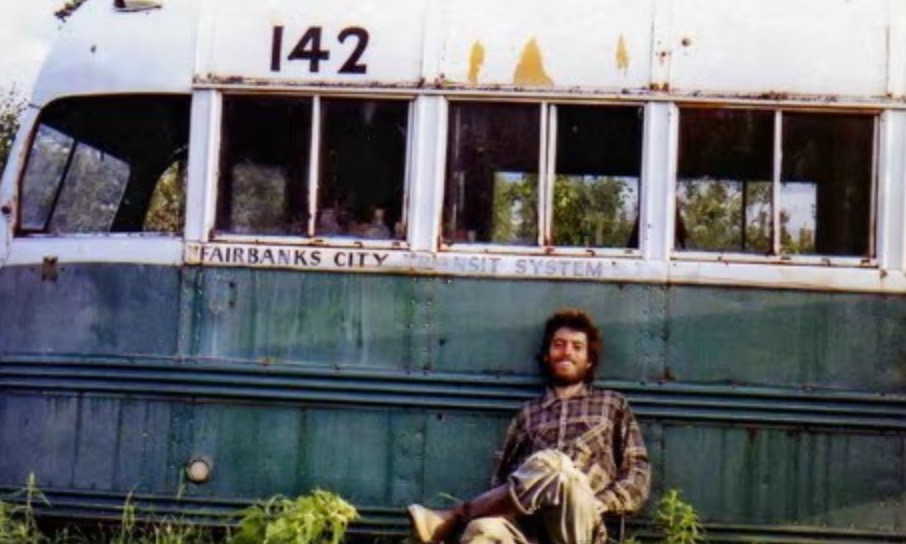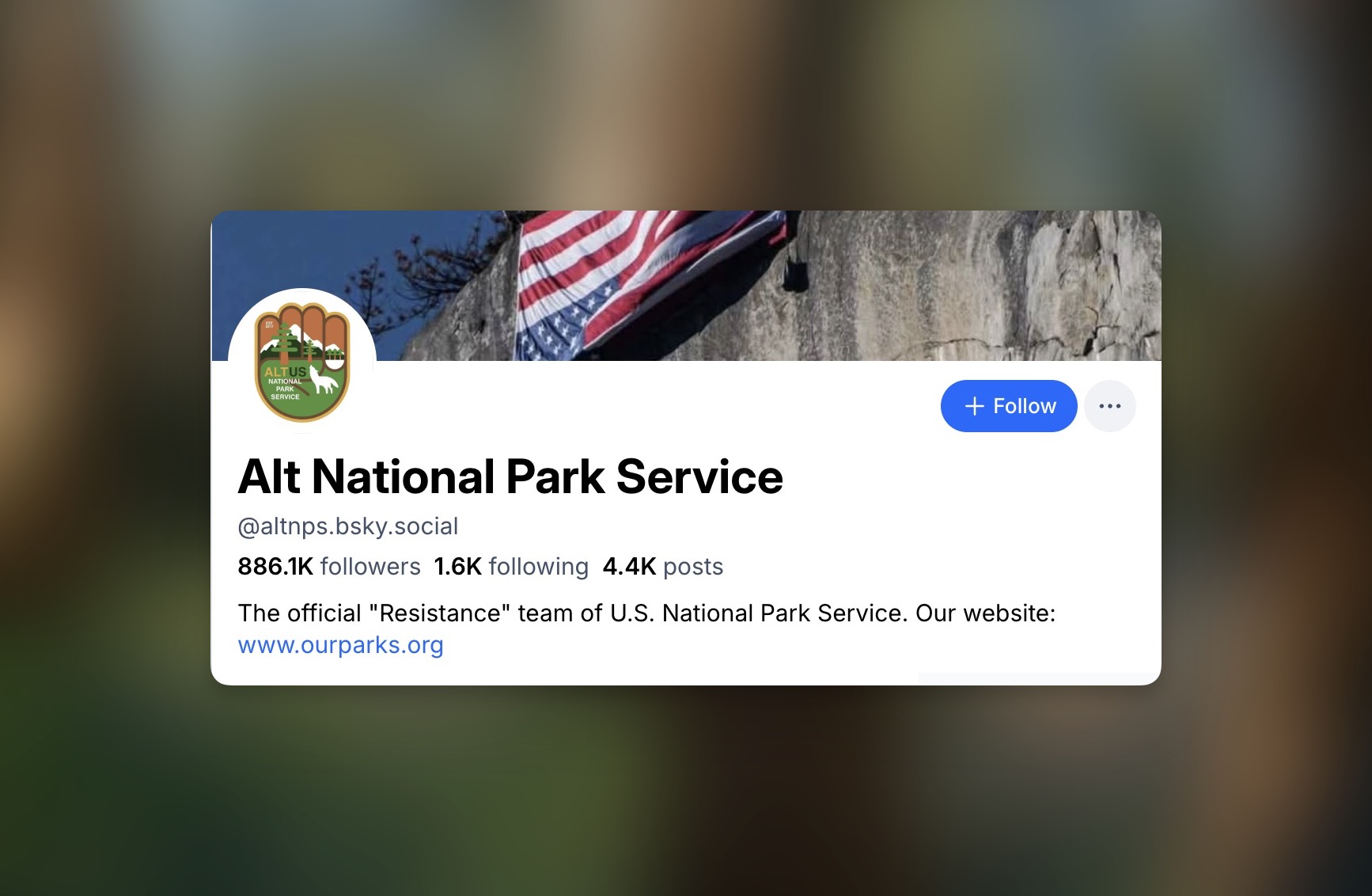Love it or hate it, the infamous “Magic Bus” from “Into the Wild” is no more. At least, it’s no longer in the Alaskan backcountry, where it has attracted travelers making the pilgrimage to the resting place of Chris McCandless. In 1991, Chris gave all his savings to charity, abandoned most of his possessions, burned the cash in his wallet, and set off on a journey of self-discovery around the West and Southwest US — eventually ending up in Alaska, where he died after being trapped in the backcountry due to an impassable river.
The bus, which in recent years has become a “hotspot” for travelers attempting to visit, was airlifted out of the wilderness and moved to storage for reasons of public safety. I expect they’ll do a bit of restoration and install it somewhere more accessible for the public to visit.
***I think the removal of the bus brings up some interesting conversations about whether the state has a responsibility to keep people “safe” in the backcountry. ***
The folk hero vs cautionary tale status of Chris McCandless has been a discussion for years. I’m not going to make a determination on that point. There are a lot of people who feel strongly both ways and there has been some contrasting thoughts on whether his death was more of an unfortunate accident than a complete failure of preparedness. However, the press around “unprepared people visiting the bus are a huge problem” has been fairly pervasive.
The impression is that a bunch of people have died and needed to be rescued while trying to visit the bus — which is somewhat true. 2 people have died, and there have been 15 rescue operations since 2009. That might seem like a lot, but to put this in context, there are an average of 25 rescue operations and 2 deaths on Long’s Peak every year. Squamish often sees more rescues and deaths than that in a month during the summer. Should we consider closing Longs? Squamish?
Granted, a rescue operation for the bus might be more taxing and costly when compared to RMNP’s resources. And honestly, I’m not sure removing the bus will even stop people from visiting the spot where it used to be. But it brings up an interesting conversation: At what point (deaths/rescues) is something in the wilderness “too dangerous” for people and the state has to step in and make changes?
Let’s look at Yosemite for an example in practice. SAR responds to approximately 250 incidents a year and sees between 13 and 20 deaths. Half Dome in particular is often a problem — as the park got more popular, the cables at the top grew progressively more crowded, sometimes seeing 1200 people a day. The park service instituted a permit system to decrease overcrowding (and hopefully accidents), but a few years in, it has had no affect on the accident rate. In fact, a study found that it may have actually increased the likelihood of accidents, due to visitors seeing it as a their “one chance” and pushing beyond their limits of safety. Should we close Half Dome?
The wilderness is inherently unsafe, and accidents can happen to people of any skill level. How do you regulate that?
At the end of the day, I think this particular decision about the bus is more likely driven by local politics and rural Alaska’s well documented distaste for these outsiders/tourists and not truly by data or safety. McCandless has an extremely poor reputation in Alaska as an unprepared outsider whose story has brought more outsiders to visit.
Unfortunately, I’m going to wimp out with a grand solution. I don’t have a good answer for “how much the backcountry should be regulated”. It’s complicated. How do you evaluate someone’s competency to access particular places? How many accidents/deaths is “too many”? How much public $$ is too much to spend on SAR, and does minimizing spending trump our right to access/visit public lands?
Just for today, my conclusion is this: I don’t really agree with how the removal of the bus is being framed. Significant blame is being on a relatively small number of accidents and unprepared people, and commentary ignores the greater complexities around what “safety” is in the backcountry.



